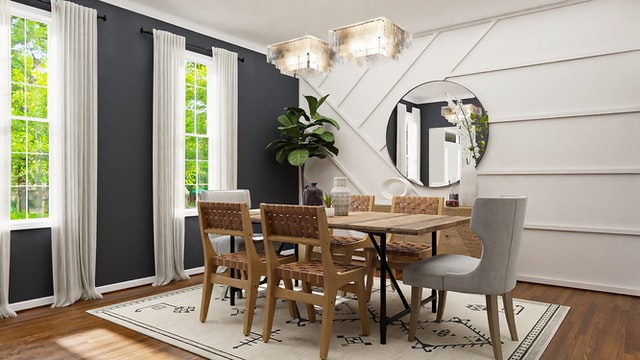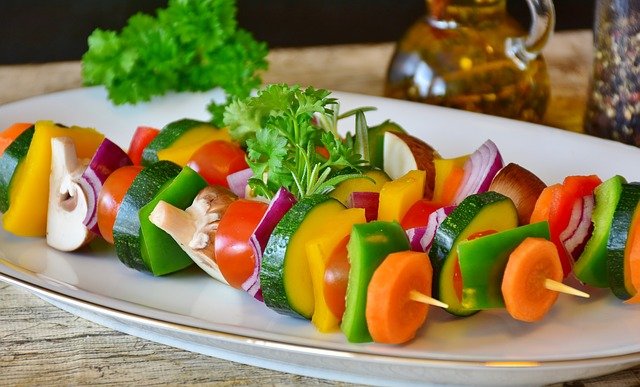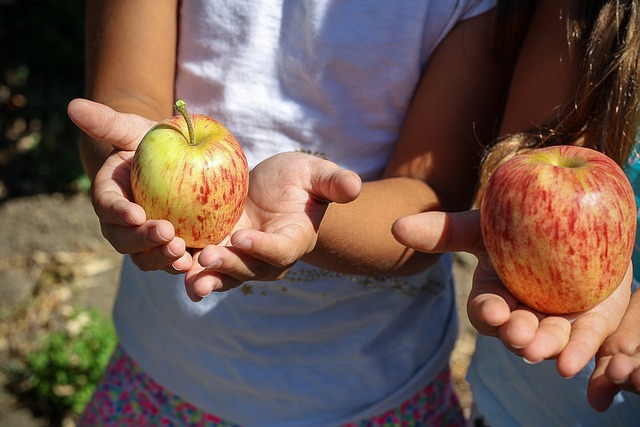Alright, picture this: Your community decides to throw a bash that’s all about eco-living. Sounds like your average Sunday farmer’s market vibe, right? But it’s so much more. Hosting ecological events is like the community flexing its green muscles, showing off how sustainability isn’t just some buzzword—it’s a way of life. These events are the perfect mix of education, activism, and yes, even entertainment, all rolled into one. They’re about proving that eco-conscious living can be the norm, not the exception. It’s the community stepping up, saying, “Hey, let’s do this,” and bringing everyone along for the ride.
1. Cultivating Awareness and Education
Throwing an eco-friendly event is basically the educational bash of the year. Imagine this: everyone from the local scene coming together under one banner—sustainability. It’s not just about handing out leaflets or sitting through yawn-inducing lectures. These events are interactive, featuring DIY workshops on making natural cleaners or sessions on sustainable farming that could rival the latest episode of a hit series. It’s about transforming the narrative from ‘have to’ to ‘want to.’ By embedding fun and community spirit into learning, ecological events ensure that every participant walks away not just informed, but genuinely excited to make a change.
2. Fostering Community Involvement
What’s cooler than turning individual action into collective power? Ecological events do just that. They pull people from behind their screens and into the heart of the community—be it a local park, a riverside, or the town square. These gatherings harness the collective energy of the community, turning what could be a solitary pursuit of sustainability into a team sport. Picture everyone from toddlers to grandparents, tech geeks to artists, all rolling up their sleeves to plant trees or set up a community recycling challenge. It’s these moments that forge stronger bonds, deeper connections, and a shared commitment to the place they call home.
3. Boosting Local Economies
Who knew that going green could also mean bringing in the green? Ecological events are more than just feel-good gatherings; they’re economic boosters. By incorporating local talents like a good conference photographer, these events keep the cash flow local. Imagine hiring a pro to snap high-quality shots that capture the spirit and energy of the event. This not only highlights the community’s eco-efforts but also turns up the dial on visibility. More visibility means more attendees next time, more sponsor interest, and a vibrant showcase of the community’s dedication to sustainability. It’s a win-win: support your local scene while promoting sustainable living—stylishly.
4. Encouraging Sustainable Practices
Let’s talk real impact. Every eco-friendly event serves as a live demo of how sustainable practices can be woven seamlessly into daily life. Picture this: events where single-use plastics are swapped for compostable alternatives, where solar panels power live concerts, and where zero-waste is the norm, not the exception. It’s like a sneak peek into a future where green is mainstream. These practices, when showcased publicly, set a benchmark. They show that sustainability isn’t just possible; it’s practical and can be injected with a bit of flair that doesn’t sacrifice convenience or style.
5. Creating a Ripple Effect
Think of every ecological event as a pebble tossed into a pond—the ripples reach far and wide. Attendees leave not just with memories, but with new habits and a renewed zeal to spread the green gospel. They carry the message back to their workplaces, schools, and social circles. This can encourage one community to get its act together, but also set off a chain reaction that could potentially influence a broader spectrum. It’s contagious, in the best way possible. What starts as a local initiative soon inspires similar actions in communities far beyond, charting a course for widespread environmental change.
So, what’s the big takeaway from hosting all these green-centric shindigs? It’s simple: they lay the groundwork for a sustainable culture within the community. And the best part? We’re all invited to make this planet a better place, one epic, eco-friendly bash at a time. Let’s make sustainability the guest of honor at every community event, and watch how quickly the world catches on.






















